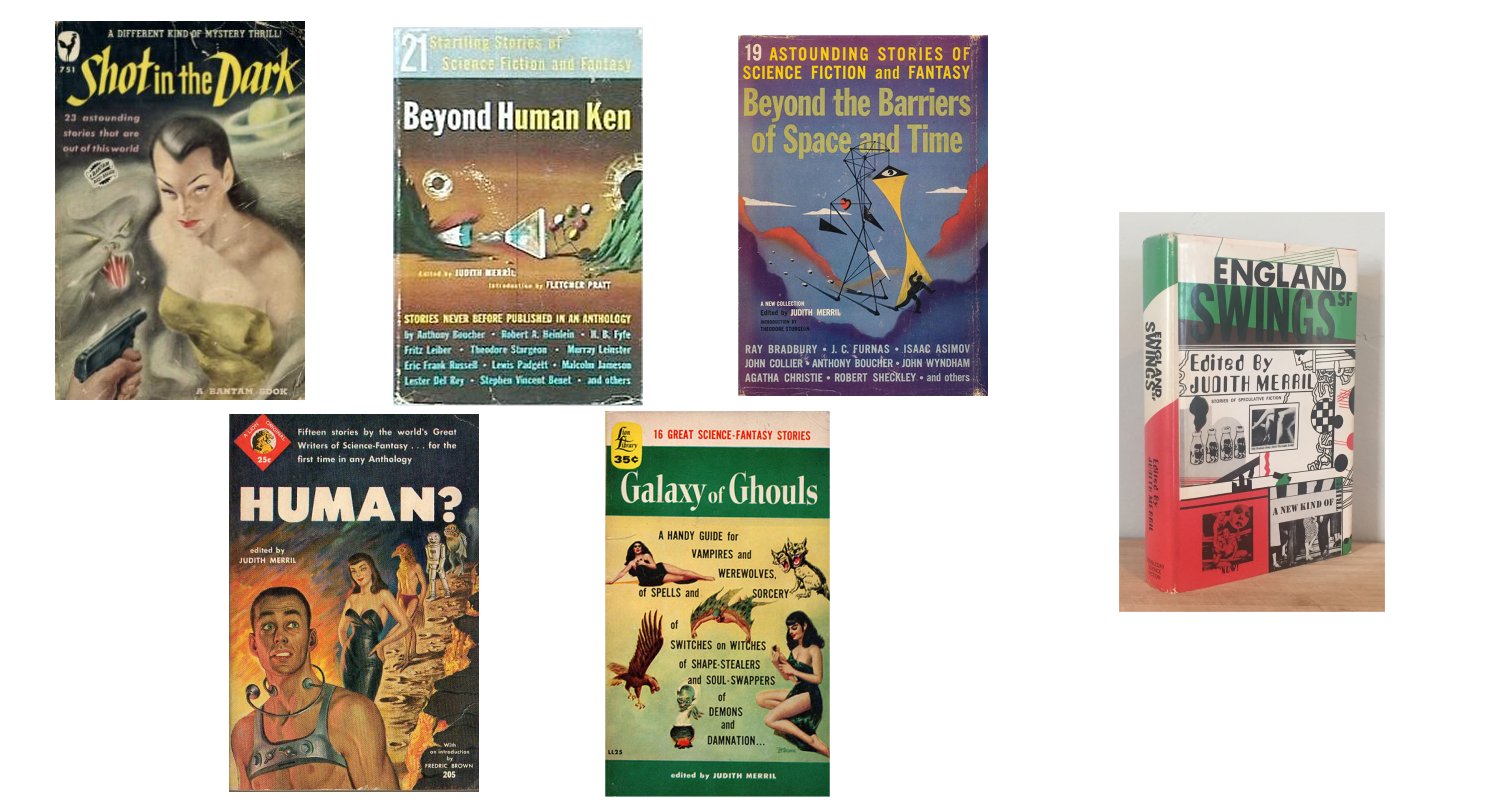

Coetzee's autobiographical novel/ fictional autobiography, Summertime: Scenes from Provincial Life (2009. But that the connection is less historically determined and more genre-specific or intrapsychic can be discerned in the early development of Wells’s fiction till the release of the science fiction The War of the Worlds. Dick’s Do Androids Dream of Electric Sheep? (1968).

That the science fiction genre is particularly suited for consideration of the problem and topic of containment and integration of the relationship to psychopathy appears more evident in post- World War II works like Philip K. Winnicott that can lead to antisocial tendencies and, via their consolidation through secondary gains, to psychopathy. For Herbert, the maternal environment provisionally bereft of Fanny was that of his own deprivation of goods, the condition, as we shall see, according to D. By all accounts, the mother’s participation in the mourning show only went the distance she kept.

The Time Machine (1895) and The War of the Worlds (1898). Dressed up as Fanny (as seen in a photograph included in Wells’s autobiography), Herbert gives the address of a work of mourning that lay upon him as an obscure charge but which he brought to completion on his mother’s better behalf during his first season of authorship between. Wells’s mother staged her inability to mourn her missing daughter Fanny with the next in line, her son Herbert. Finally, the analysis ends with Avatar (James Cameron, 2009) and Inception (Christopher Nolan, 2010) where screens certainly disappear, looking for their invisibility, while instilling the viewer in stereoscopic three-dimensions. Starting with what may be considered the inaugural work of the genre, 2001: A Space Odyssey (Stanley Kubrick, 1968), after which comes the legendary Blade Runner (Ridley Scott, 1982), Matrix (Andy and Larry Wachowski, 1998) and Minority Report (Steven Spielberg, 2002). The relationship between man and machine has been a continuous inspiration in the history of film therefore, this article presents an analysis of the evolution of the concept of screens in six masterpieces of science fiction. leads to limitless information, in which framing is a simple exercise of the fingers. This brings about a new way of relating to the interface that. And in this transformation they have changed the relationship established between the eye and the surface, including a new element in the equation: touch.

They have multiplied in a double direction: while they have become bigger, wider and deeper, they have also become smaller and mobile. Screens have invaded the world we live in.


 0 kommentar(er)
0 kommentar(er)
